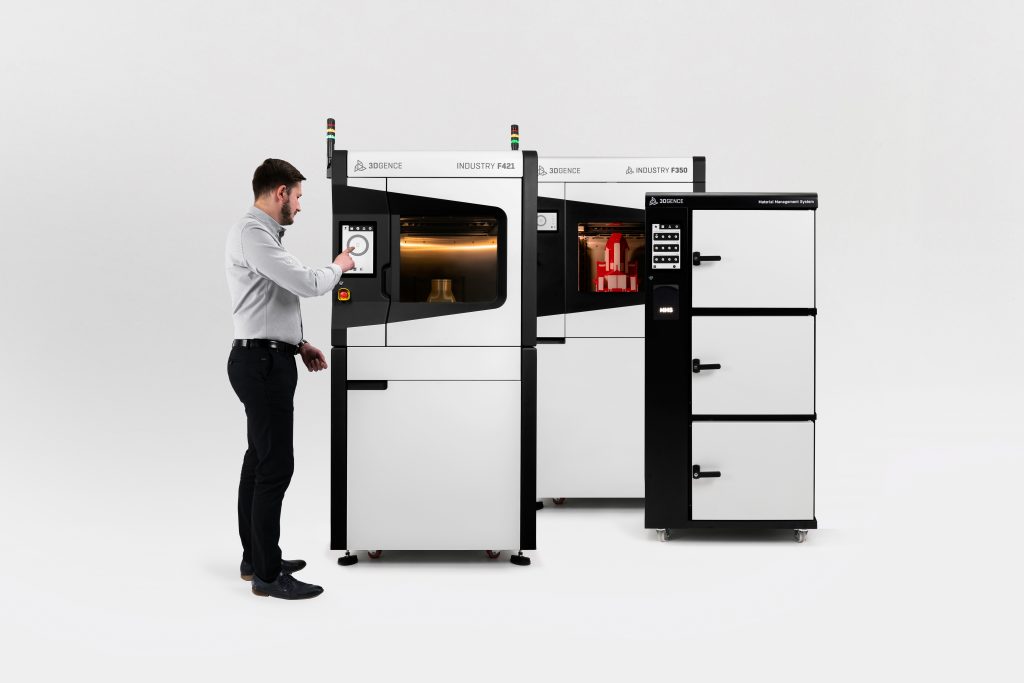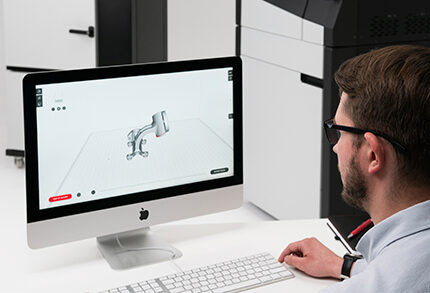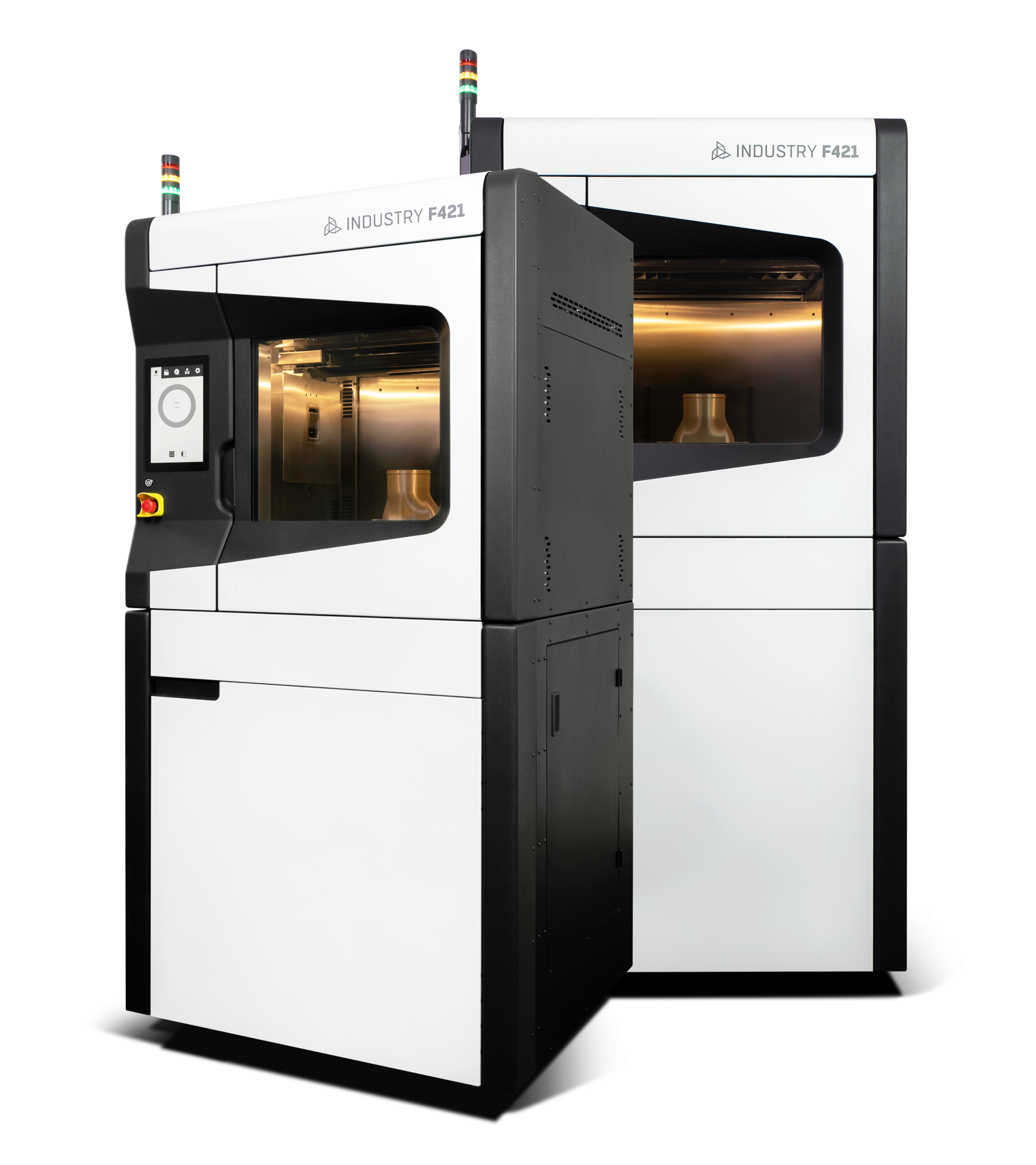Whether it’s better to purchase or rent an industrial 3D printer depends on your specific needs and circumstances. Here are a few factors to consider when making your decision:
If you have the budget to purchase a 3D printer outright, it may be the better option. However, if you don’t have a lot of upfront capital, or your cost of capital is high, or you want to maximize your return on assets, renting may allow you to get the equipment you need without breaking the bank.
Additive manufacturing is growing by leaps and bounds, and 3D printing technology is advancing rapidly, so a printer that is state-of-the-art today may be outperformed by a newer model in a few years. If you plan on keeping the printer for a long time or you have an application with a long product cycle, it may make more sense to purchase an industrial 3D printer and keep it for the duration of its useful life. However, if you want to always have access to the latest technology, renting may be a better option as it allows you to upgrade to a newer model more frequently, without worrying about the trade-in value of your machine.
If you have the budget to purchase a 3D printer outright, it may be the better option. However, if you don’t have a lot of upfront capital, or your cost of capital is high, or you want to maximize your return on assets, renting may allow you to get the equipment you need without breaking the bank.
If you have the budget to purchase a 3D printer outright, it may be the better option. However, if you don’t have a lot of upfront capital, or your cost of capital is high, or you want to maximize your return on assets, renting may allow you to get the equipment you need without breaking the bank.

Best-in-Class Industrial 3D Printers

All High-Performance Materials

Automated Propcess Control
When it comes to industrial 3D printers, rent payments are usually tax-deductible when they are made for business purposes. This means that if the 3D printer is used to produce goods or provide services for customers, the rent payments can be deducted as a business expense on the company’s income tax return, and you do not need to carry the 3D printer as a depreciating asset on your balance sheet. When you purchase a printer, you can still finance this equipment, however it is still recorded as an asset.
Since rent is an expense and not a capital investment, the approval process in your organization may be more streamlined.
Overall, there are many factors to consider when deciding whether to purchase or rent your next 3D printer. It’s important to weigh the pros and cons of each option and make a decision based on your specific needs and circumstances.

Necessary cookies are absolutely essential for the website to function properly. This category only includes cookies that ensures basic functionalities and security features of the website. These cookies do not store any personal information.
Cookies that are used to recognise you and remember your preferences or settings when you return to our site, so that we can provide you with a more personalised experience.
Cookies which measure how often you visit our sites and how you use them. We use this information to get a better sense of how our users engage with our journalism and to improve our sites and apps, so that users have a better experience.
Cookies that are used to collect information about your visit to our site, the content you have viewed, the links you have followed and information about your browser, device and your IP address.